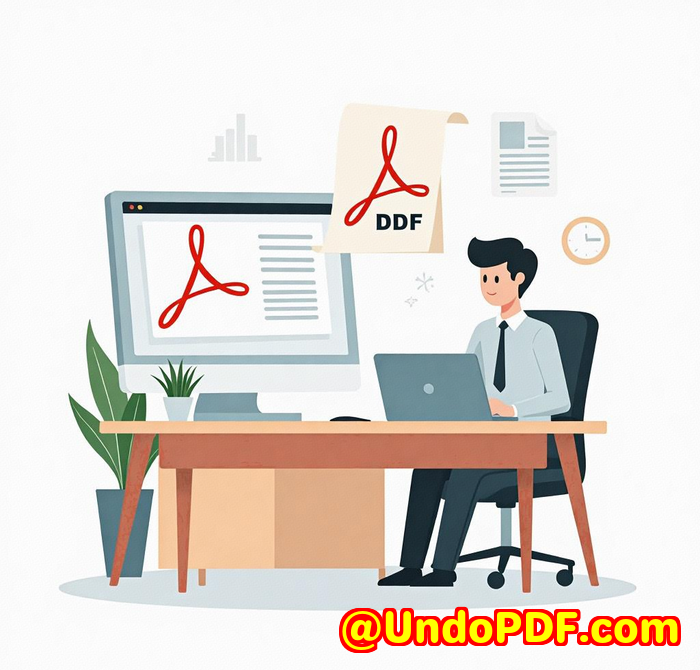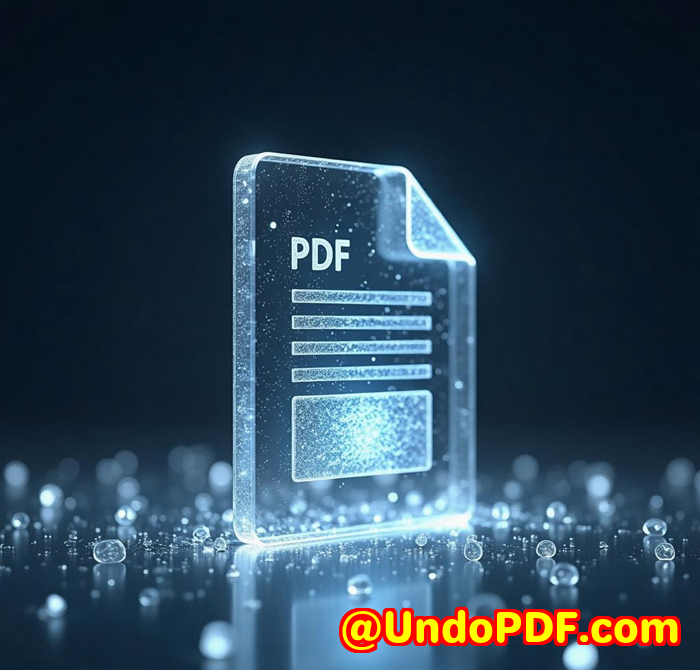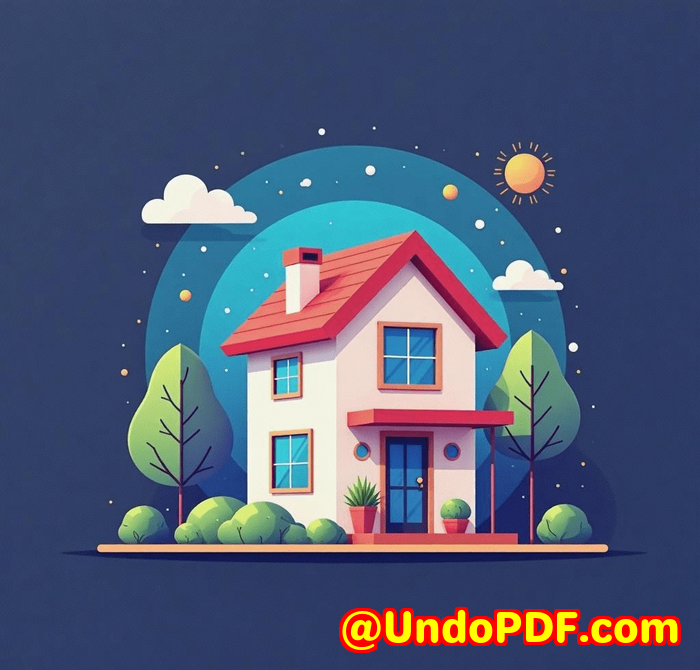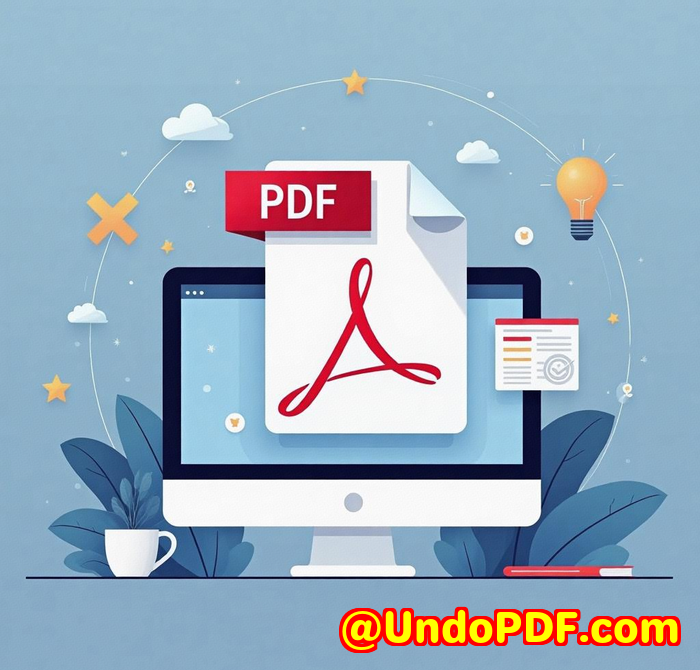How Screenshot API Helps Content Creators Capture and Share Online Visuals Easily
How Screenshot API Helps Content Creators Capture and Share Online Visuals Easily
Every time I’ve tried to grab a clean, scrollable screenshot of a website for my content projects, I’ve hit the same wall: messy pop-ups, cookie banners, annoying ads, and unpredictable layouts that make the final image look more cluttered than the actual webpage. If you’re a content creator, marketer, or developer who deals with online visuals, this frustration probably hits home. Manually editing screenshots or juggling complex browser tools just slows you down.

That’s when I discovered the VeryPDF Website Screenshot API for Developers. This tool flipped my workflow on its head by making it effortless to capture flawless screenshots through a simple API callno need to manage browser clusters or mess with unpredictable elements on web pages.
Here’s why this API became my go-to solution and why it might just be what you need.
What Exactly is VeryPDF Website Screenshot API?
VeryPDF’s Website Screenshot API is a developer-friendly tool that lets you render website screenshots with precision and minimal hassle. Whether you’re building content automation, need images for marketing, or want to archive web pages for legal or research purposes, this API streamlines the entire screenshotting process.
Designed for developers, marketers, content creators, and anyone who needs automated web visuals, it works by making one straightforward API call that does all the heavy lifting: rendering the page, blocking unwanted clutter, and capturing screenshots tailored to your specifications.
Key Features That Changed My Game
-
Block Ads, Cookie Banners, and Chat Widgets Automatically
One of the biggest headaches when taking screenshots is the clutter caused by cookie consent pop-ups, GDPR banners, ads, and chat widgets. VeryPDF’s API includes a smart blocking engine with an up-to-date database of 50,000+ rules. All I have to do is specify the blocking parameter, and the API silently removes these annoyances from the shot.
For example, I was working on a project documenting online product pages, and cookie banners kept covering crucial information. Instead of fiddling with CSS or waiting for browser extensions, the API handled it perfectly in one shot.
-
Custom Rendering Options Dark Mode, JavaScript, and CSS Injection
Sometimes, the default look of a website isn’t what you want for your content. Maybe you want a dark mode screenshot or need to hide specific elements before capturing.
VeryPDF’s API supports:
-
Rendering screenshots in dark mode
-
Injecting custom JavaScript or CSS to tweak the page on the fly
-
Clicking elements or hiding selectors automatically
This came in handy when I needed to highlight a certain section on a page or switch the theme to dark mode for brand consistency.
-
-
Full-Page and Responsive Screenshots
The API captures full-page screenshots even if content loads lazily as you scroll. It can simulate scrolling, trigger lazy-loaded images and scripts, and snap everything into one seamless image.
Also, it supports various screen sizes and device resolutions, including Apple’s Retina displays, so my screenshots always looked crisp and professional, whether they were for desktop, tablet, or mobile views.
Why I Chose VeryPDF Over Other Tools
I’ve tried browser automation tools and other screenshot APIs before, but they came with steep learning curves and often missed edge cases. Handling cookie banners or chat widgets usually required custom code or messy workarounds.
With VeryPDF, I found:
-
Minimal setup and exhaustive documentation that made integration painless.
-
Reliable support that resolved rare issues within hours.
-
A straightforward, clean API that just worksno need for complex infrastructure.
It’s rare to find a developer tool that feels polished and responsive like this.
Real-World Scenarios Where This API Shines
-
Content Creators and Bloggers
If you’re writing tutorials or reviews and need clean screenshots of websites, this API can automate the process so you can focus on writing rather than fiddling with browser tools.
-
Marketing Teams
For social media or email campaigns, capturing up-to-date visuals of competitor sites or landing pages is crucial. Automate screenshot generation and keep your visuals fresh without manual effort.
-
Developers and QA Engineers
Automated UI testing and visual regression testing become easier with consistent, automated screenshots that exclude dynamic elements like ads and pop-ups.
-
Legal and Compliance
Archiving web pages for compliance audits or intellectual property cases? The API ensures you get clean, complete page captures without distractions.
My Workflow Got Way More Efficient
Before using VeryPDF, I spent hours manually cropping and cleaning screenshots or wrestling with browser automation scripts that broke with minor page changes.
Now, I simply trigger the API call, specify a few parameters (like blocking ads and capturing dark mode), and get high-quality screenshots ready to use within seconds.
The clarity and consistency have saved me so much time and stress.
If you’re someone who deals with online visuals regularly, here’s what you get with VeryPDF Website Screenshot API:
-
Clean, ad-free screenshots without manual tweaking.
-
Full control over rendering and styling through simple options.
-
Reliable, fast API with excellent support.
-
Flexible output formats including images, PDFs, even animated scroll captures.
I’d highly recommend this to anyone who needs to capture and share web page visuals without the usual headaches.
Give it a try here: https://www.verypdf.com/online/webpage-to-pdf-converter-cloud-api/
Custom Development Services by VeryPDF
VeryPDF isn’t just about off-the-shelf tools. They offer custom development services tailored to your specific needs across platforms like Linux, macOS, Windows, iOS, Android, and more.
Their expertise covers PDF, PCL, PRN, and other document formats, barcode recognition, OCR, digital signatures, and Windows Virtual Printer Drivers that generate PDFs and images seamlessly.
If you’re facing a unique challenge in document processing, printing, or automated screenshot generation, VeryPDF can craft a solution tailored just for you.
Reach out to their support center at http://support.verypdf.com/ to explore custom solutions.
FAQs
Q1: Can the VeryPDF Website Screenshot API handle dynamic content like animations or videos?
Yes, the API supports options to reduce animations or capture them if needed. It also handles lazy-loaded images by scrolling the page before capturing.
Q2: Is it possible to block specific elements like cookie banners or ads on my screenshots?
Absolutely. The API includes an extensive blocking engine that automatically removes cookie banners, ads, chat widgets, and social media pop-ups.
Q3: What output formats does the API support?
You can generate screenshots as PNG, JPEG, PDF, GIF animations, and even MP4 video formats for scrollable content.
Q4: Do I need to manage browsers or clusters to use this API?
No, that’s the beauty of it. You just make a simple API call, and VeryPDF handles all browser rendering behind the scenes.
Q5: Can I customize the screenshot size and device resolution?
Yes, you can specify any screen size, from mobile to desktop, and even Retina display resolutions for crisp images.
Tags/Keywords
VeryPDF Website Screenshot API, Automated Website Screenshots, Screenshot API for Developers, Block Cookie Banners API, Capture Full-Page Screenshots
This tool genuinely transformed how I capture and share online visuals no more messy screenshots, no more tedious cleanup. If you create content or automate web visuals, give VeryPDF Website Screenshot API a shot. It just works.



